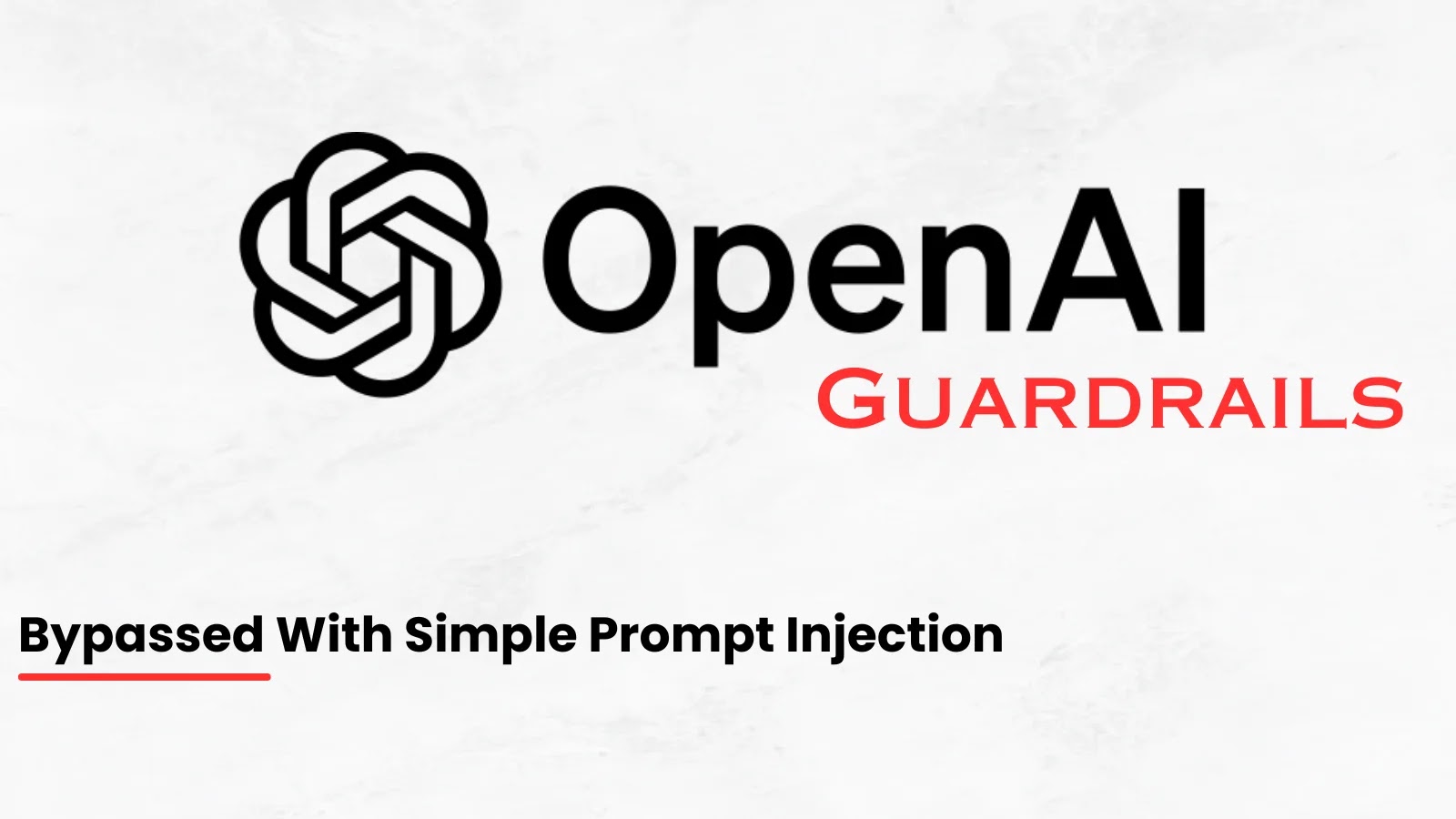Recent cybersecurity research has unveiled a series of critical vulnerabilities within Tridium’s Niagara Framework, a widely utilized platform in building management and industrial automation systems. These flaws, if exploited, could allow attackers to compromise systems, leading to significant operational disruptions across various sectors.
Overview of the Niagara Framework
Developed by Tridium, a subsidiary of Honeywell, the Niagara Framework is a vendor-neutral software platform designed to integrate and manage diverse devices and systems. It facilitates seamless communication between equipment from different manufacturers, including HVAC systems, lighting controls, energy management, and security systems. This integration is pivotal for the efficient operation of smart buildings and industrial facilities worldwide.
Discovery of Vulnerabilities
Researchers at Nozomi Networks Labs have identified 13 security vulnerabilities within the Niagara Framework. These vulnerabilities become fully exploitable when a Niagara system is misconfigured, particularly when encryption is disabled on specific network devices. Such misconfigurations can lead to unauthorized access and control over the system.
Details of the Critical Vulnerabilities
Among the identified vulnerabilities, several have been assigned high severity ratings due to their potential impact:
– CVE-2025-3936: Incorrect Permission Assignment for Critical Resource (CVSS score: 9.8)
– CVE-2025-3937: Use of Password Hash With Insufficient Computational Effort (CVSS score: 9.8)
– CVE-2025-3938: Missing Cryptographic Step (CVSS score: 9.8)
– CVE-2025-3941: Improper Handling of Windows: DATA Alternate Data Stream (CVSS score: 9.8)
– CVE-2025-3944: Incorrect Permission Assignment for Critical Resource (CVSS score: 9.8)
– CVE-2025-3945: Improper Neutralization of Argument Delimiters in a Command (CVSS score: 9.8)
– CVE-2025-3943: Use of GET Request Method With Sensitive Query Strings (CVSS score: 7.3)
These vulnerabilities, if exploited, could allow attackers to perform unauthorized actions, including accessing sensitive data, executing arbitrary code, and gaining elevated privileges within the system.
Potential Attack Scenarios
A particularly concerning attack chain involves combining CVE-2025-3943 and CVE-2025-3944. In this scenario, an attacker with network access could intercept anti-CSRF (cross-site request forgery) tokens transmitted over unencrypted channels when the Syslog service is enabled. With the intercepted token, the attacker could execute a CSRF attack, tricking an administrator into visiting a malicious link that logs all incoming HTTP requests and responses. This would allow the attacker to extract the administrator’s session token, gain elevated permissions, and create a backdoor for persistent access.
Subsequently, the attacker could download the private key associated with the device’s TLS certificate, enabling adversary-in-the-middle (AitM) attacks. By leveraging CVE-2025-3944, the attacker could achieve root-level remote code execution, leading to complete system takeover.
Implications for Critical Infrastructure
The Niagara Framework’s extensive deployment across critical sectors—including commercial real estate, healthcare, transportation, manufacturing, and energy—amplifies the potential impact of these vulnerabilities. Compromised systems could result in operational disruptions, safety hazards, and significant financial losses.
Mitigation Measures and Recommendations
In response to these findings, Tridium has issued security advisories and released patches to address the identified vulnerabilities. Organizations utilizing the Niagara Framework are strongly advised to:
1. Apply Security Patches: Update to the latest patched versions of the Niagara Framework to mitigate the identified vulnerabilities.
2. Review System Configurations: Ensure that encryption is enabled for all network communications to prevent unauthorized access.
3. Monitor Security Dashboards: Regularly check for warnings indicating potential misconfigurations or security issues.
4. Implement Network Segmentation: Limit exposure by segmenting networks and restricting access to trusted entities.
By proactively addressing these vulnerabilities and adhering to best practices, organizations can enhance the security and resilience of their critical infrastructure systems.



